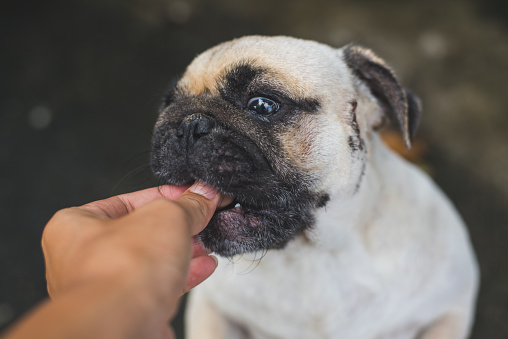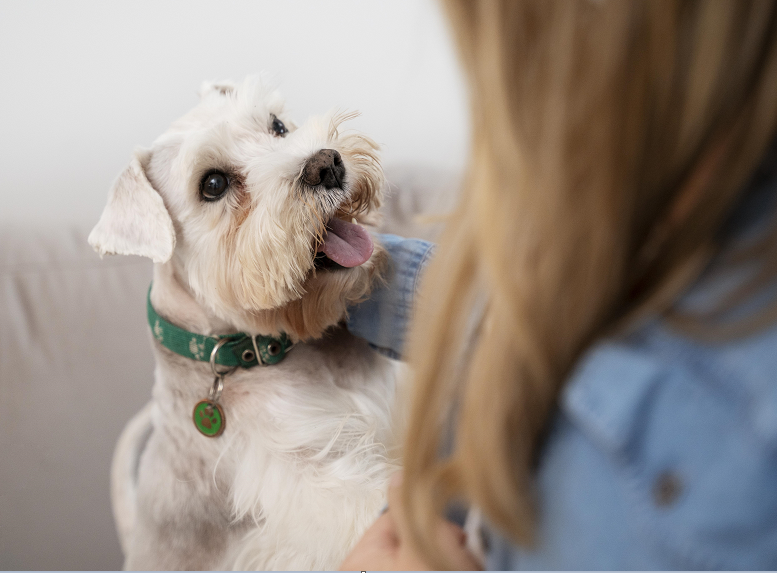
If some dog breeds like the Husky were humans they would likely be of the talkative type- just like this friend most of us probably have, who always has something to say whether positive or negative.
Just like humans, some dogs are naturally more “talkative” than others. Based on what type of person you are, this trait of your paw friend could be considered an advantage or disadvantage. Even though many pet parents prefer to have rather calm paw friends who are not overly vocal, being prone to vocalization can have great benefits!
We will immediately justify our statement above! The more prone to barking/vocalization a dog is, the easier they will learn to alert you to different factors in the environment, including visitors, or intruders, depending on your needs and lifestyle. If your paw friend is not a natural barker, there are still useful tips that can help you teach them to “speak” on command.
If you have embarked on an intensive training journey or if you are simply looking for some fun tricks to teach your furry friend, “speaking on command” could be the perfect addition to your dog’s daily routine!
However, it is worth noting that if your paw friend has barking issues, teaching them to be quiet on command first, might be the better way to go.
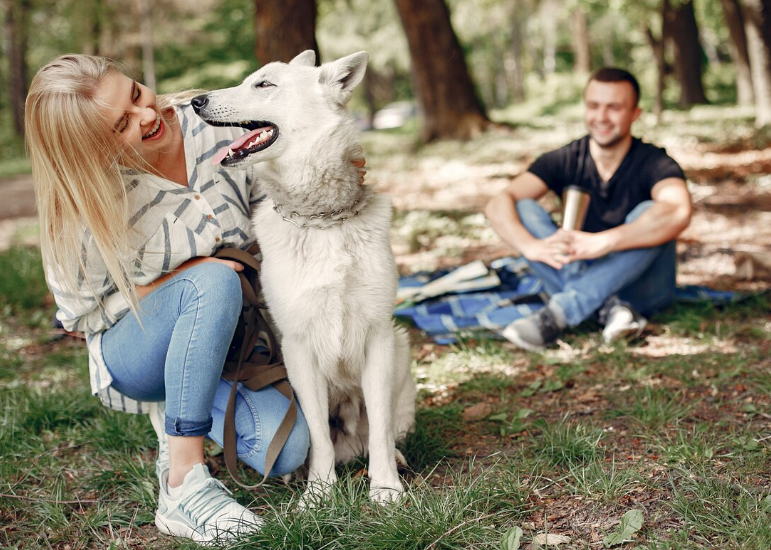
Teaching Your Dog to Be Quiet
If your dog is naturally quiet, you can skip this point and move to the tips below directly.
The first step to teach your paw friend to remain quiet on command is to choose a cue word. It should be short, and easy to remember, such as “quiet”, “calm”, “still”, “hush”, etc.). Once you start implementing it in the training sessions, it should remain the same. You can use cue words in any language based on your preferences.
The next step is to prepare treats. If your dog is prone to excessive barking, you’d better choose treats of a high value to encourage them. As we have already mentioned in our previous articles, these can be pieces of turkey, chicken, beef, liver, string cheese, etc. You should reward your dog with these treats during the training sessions only and incorporate them into their regular food. If your canine is not food-motivated, figure out what encourages them (toys, pets, praises) and be ready to provide these.
As a next step, you should provoke your dog to bark. As a pet parent, you best know what triggers your dog the most- is it the ringing bell, the sound of the alarm, someone knocking on the door, the sight of certain animals, music playing loud...etc?
Once your dog starts barking, ignore them and wait for them to calm down. You can also let them see you holding a treat or toy. When they settle, praise and reward them immediately. If you use a clicker during the training sessions, you can click to mark the desired behavior first (the state of calmness) and reward them right away.
After a few repetitions, you can start using the chosen cue word, e.g. “quiet”. How quickly you should start implementing the cue word, depends on how your dog responds to training. Also, some dog owners prefer not to use a clicker and transition to vocal cues directly.
Practice the quiet command as frequently as possible and keep the sessions about 10 min long (not longer). This will help you keep your dog’s attention and not let them get bored.
Let’s move to the Speak command now!
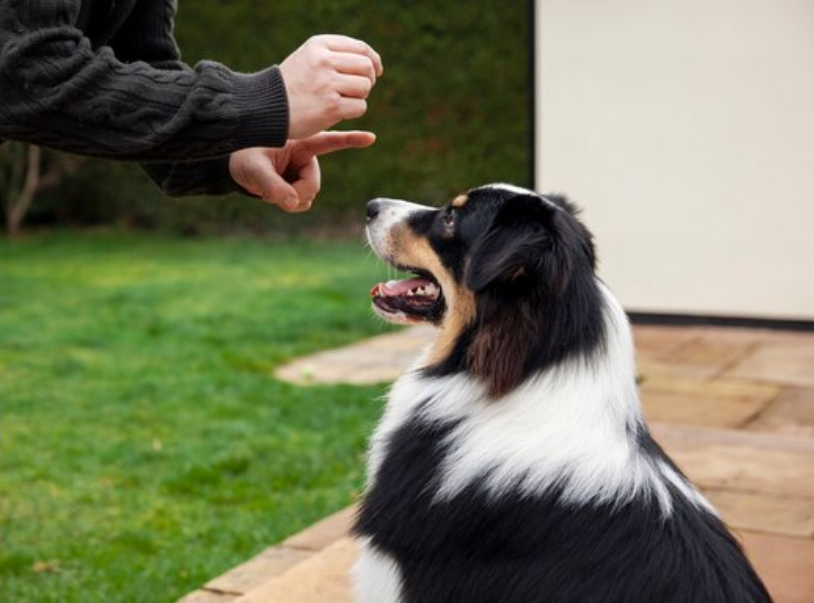
Teaching Your Dog to Speak
Husky owners may be thrilled to practice this task with paw friends, as they “speak” anyway.
Naturally vocal dogs can be provoked to bark more easily, which, of course, will be needed for this task. In case your paw friend is rather calm and quiet, try encouraging them to bark using their triggers (specific sounds or sights). If these do not seem to work, you may need to think out of the box! Try jumping around, laughing, running, and talking loudly...even if it looks a bit quirky, it is likely to work.
Once your furry friend barks mark the behavior immediately- click with a clicker, if you use such or say the cue word “speak”. You can of course choose another cue word, this is optional. Reward your canine immediately and praise them for the job well done. Like the “quiet” command, it is important to prepare treats that your dog likes to reinforce the behavior, especially if your paw friend is not naturally vocal.
Some dog owners prefer to use a hand signal too. Based on what signals /cues you want to train your dog to respond to, you can add a hand signal to the cue word “speak”. The most common hand signal involves having your palm facing your canine, with the hand open and then closing the four fingers around the thumb in a quaking duck gesture. If you want your paw friend to understand both the verbal and the non-verbal cues, pair them together and use them consistently during the training sessions.
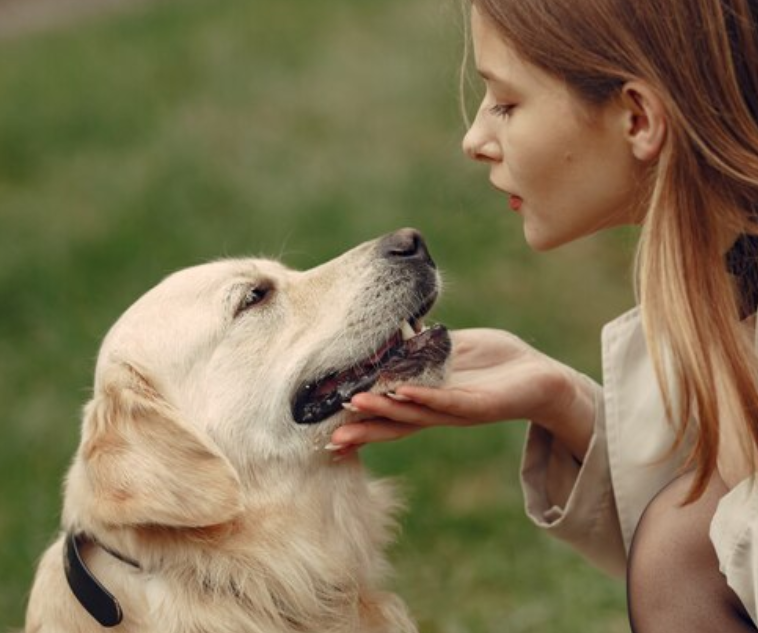
What to Keep in Mind when Teaching Your Dog to “Speak”?
Most dog owners want to teach their dogs to bark to alert them to something specific in their environment. Continuing barking is not a behavior you are likely to want to encourage. Having said that, the first thing to keep in mind is that you should try encouraging a single bark or a sequence of barks based on what works for you. Avoid rewarding excessive barking.
Another important thing to remember is to reward your dog only after you have asked them to bark. If you start rewarding random barks, your furry friend may start exhibiting this behavior very frequently which can become problematic.
If you live in an apartment, make sure to practice at a time of the day that is convenient not only for you but also for your neighbors. If needed, discuss with them your training initiatives and try to find a mutual compromise. Remember that as long as friendly dialogue is always encouraged, you are not required in any way to disclose personal aspects of the training and what your disability is in case barking on command is part of service dog training.
If a mutual compromise can not be made, alternatively, you might go to a different (controlled) environment such as a relative’s or friend’s home or a park nearby. If you have to go outdoors to practice with your dog, start at a time when the area you will be visiting is generally quiet and add distractions gradually. You do not want your dog to start barking excessively the moment you reach your location.
Over time, you can modify the “speak” command in terms of volume. You can start encouraging your dog to bark louder or more quietly, depending on the situation and the factors in the environment you want to be notified of. If this is the case, you should utilize separate cue words for each volume intensity.
Once your dog can perform “speak” consistently, go back to the “quiet” command again and make sure that your paw friend won’t forget it. Progress should be always maintained. You can determine how far your canine’s progress in “quiet” is, by presenting triggers and saying the cue word “quiet” immediately. Will your dog stop barking right away, will they hesitate a bit before doing it, or won’t do it at all? The outcome will give helpful information on your canine’s progress with the task.




